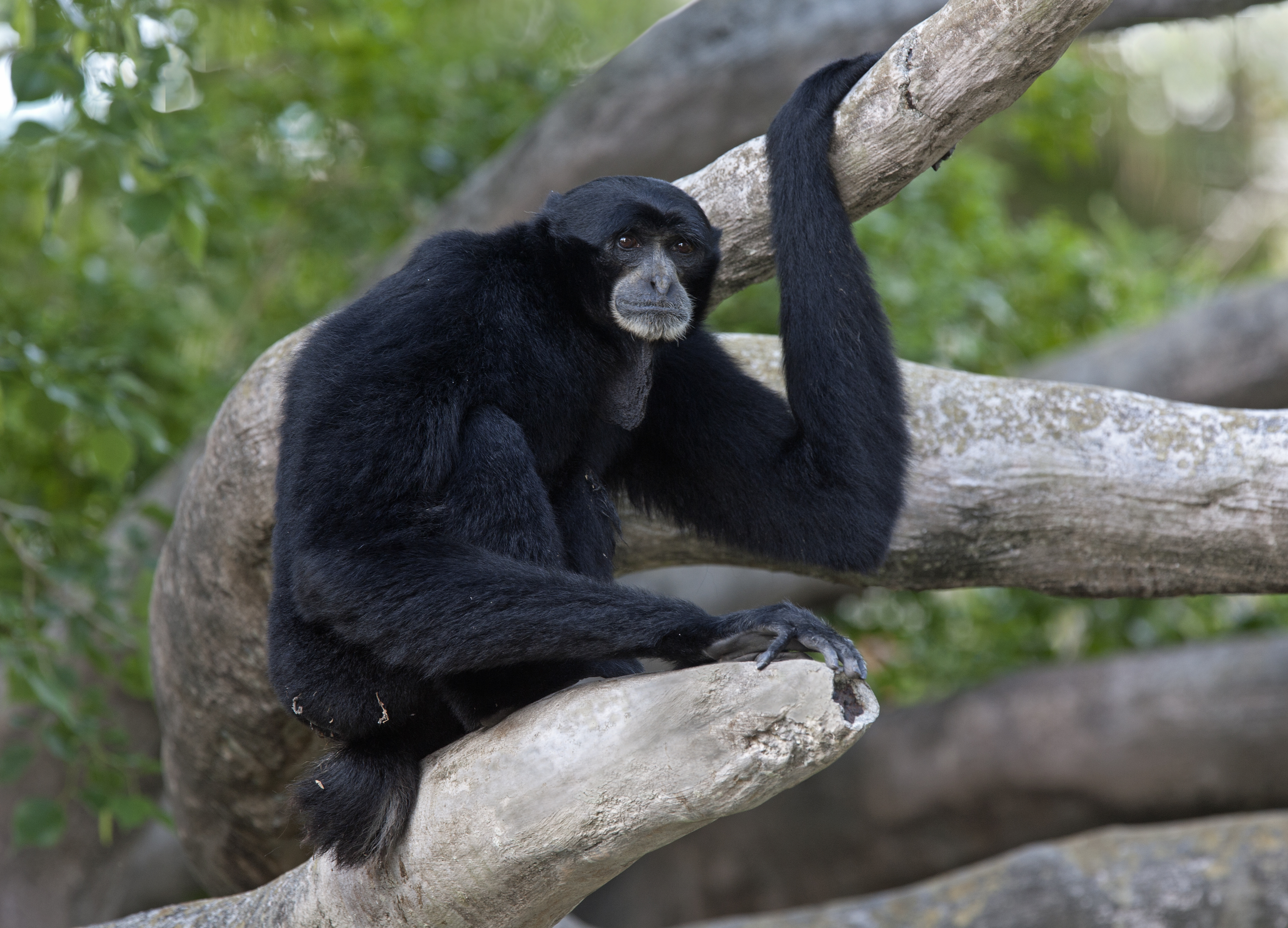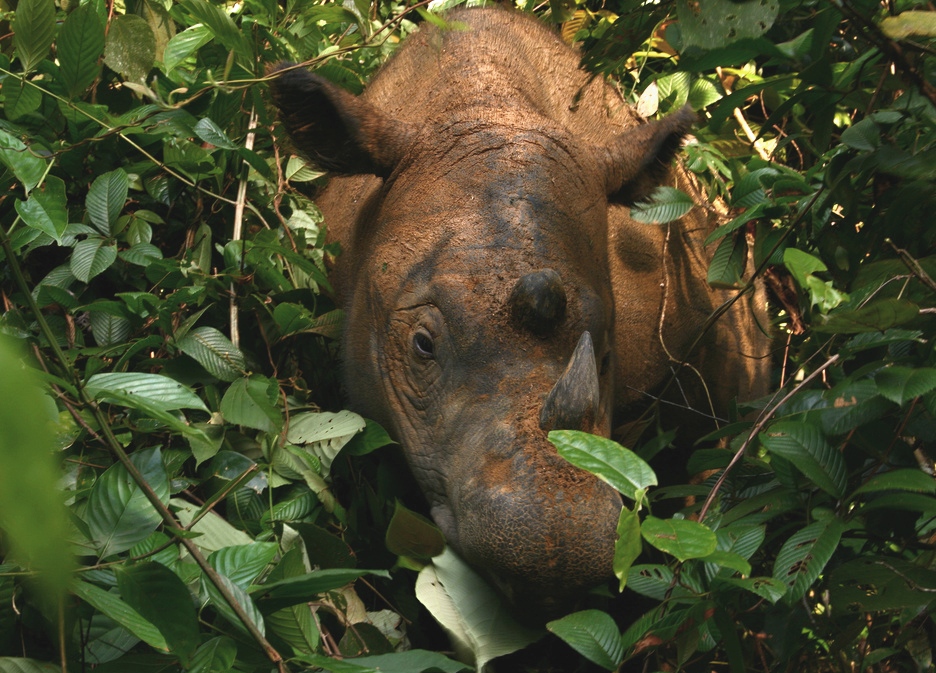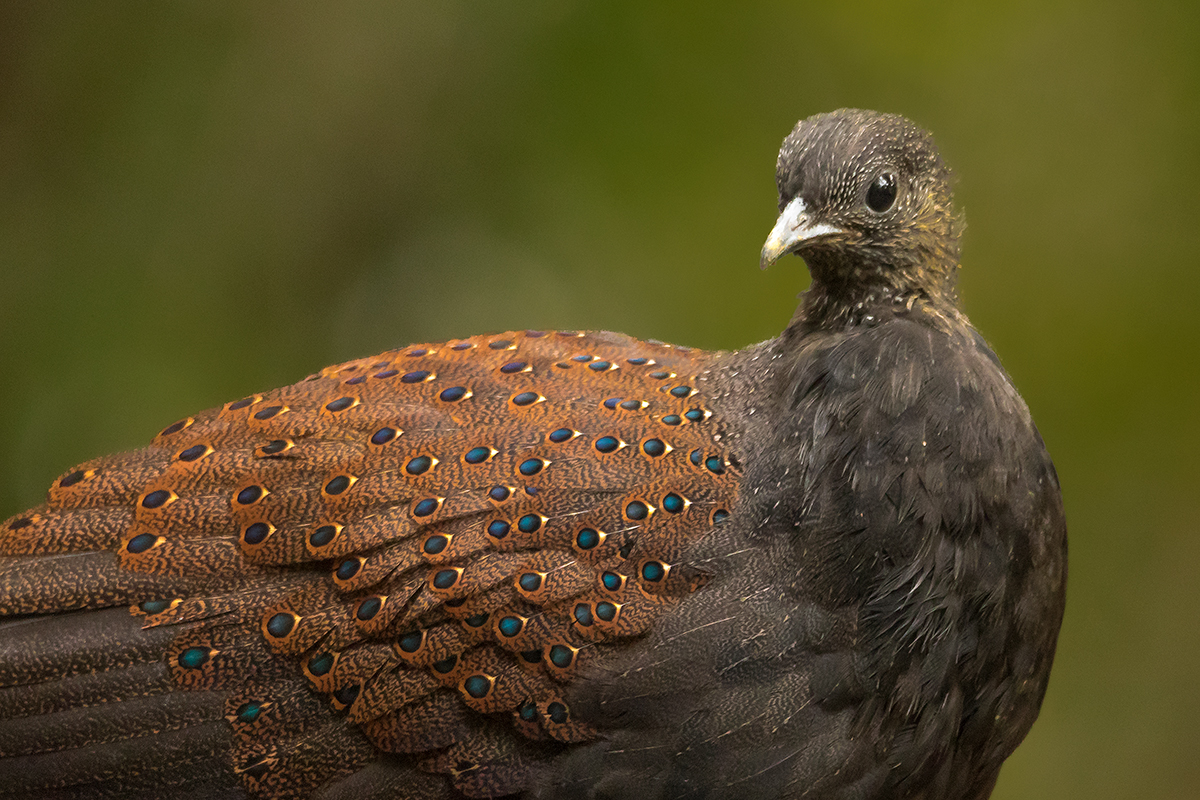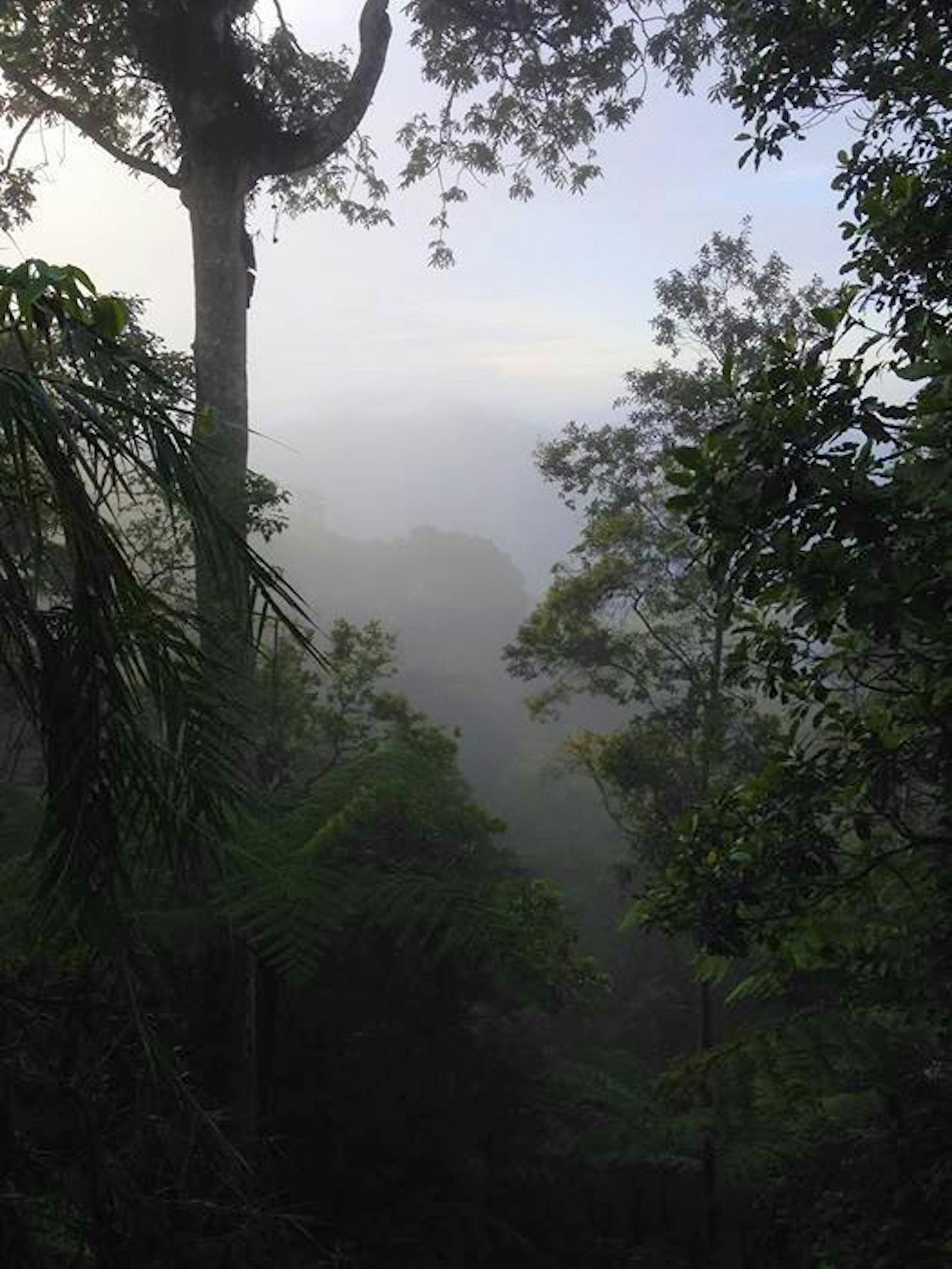Peninsular Malaysian Montane Rainforests
The ecoregion’s land area is provided in units of 1,000 hectares. The conservation target is the Global Safety Net (GSN1) area for the given ecoregion. The protection level indicates the percentage of the GSN goal that is currently protected on a scale of 0-10. N/A means data is not available at this time.
Bioregion: Peninsular Malaysian & Sumatran Tropical Rainforests (IM18)
Realm: Indomalaya
Ecoregion Size (1000 ha):
1,721
Ecoregion ID:
263
Conservation Target:
99%
Protection Level:
3
States: Malaysia, Thailand
Among the recent new biological discoveries from this ecoregion is a ghost scorpion that belongs to one of the oldest lineages on Earth, native to southeast Asia. Most scorpions glow a bright cyan-green under ultraviolet light, but these scorpions do not and instead cast a faint glow resembling a ‘ghostly’ image, thus the name. The 130-million-year old Peninsular Malaysian Montane Rainforests are believed to have been spared from logging and other anthropogenic influences, and is still biologically under-explored, with the potential to reveal other biological mysteries.

The flagship species of the Peninsular Malaysian Montane Rainforests ecoregion is the Siamang. Image credit: Creative Commons
The Peninsular Malaysian Montane Rainforests ecoregion represents the montane forests in central peninsular Malaysia, barely extending to the southernmost areas of Thailand. Rainfall is constant throughout the year with a total of about 5,000 mm annually. The northeastern monsoon from October to March brings rain to the eastern side of the mountains, while the more powerful southwest monsoon deluges the western side from April to August. Humidity is high at about 75%.
This ecoregion has several distinct and disjunct montane areas. The largest is the Main Range, with some of Malaysia’s largest remaining pristine montane rainforests rising to 2,180 m in the Cameron Highlands. On the eastern side the 2,187 m tall Mount Tahan in Taman Negara National Park is rich in endemic plants. Above 1,500 m and the cloud line, the forest canopy rises to about 18 m in height. Emergent trees are generally absent.

Sumatran rhinoceros. Image credit: Willem v Stien, Creative Commons
Trees on exposed ridges and summits are shorter and gnarled, while in the valleys and gullies they are more erect and taller. Structurally, the forests lack the tangled lianas and climbers that drape the trees in lowland forests, but can be festooned with bryophytes, lichens, orchids, and ferns. The common trees are species of Dacrydium, Daphniphyllum, Eurya, Ficus, Gordonia, Ilex, Leptospermum, Lindera, Lithocarpus, Melicope, Podocarpus, Prunus, Quercus, Syzygium, Schima, Ternstroemia, Tristaniopsis and Weinmannia, to name a few.
A variety of pitcher plant, Nepenthes, and prickly brambles of Rubus form a shrub layer. Large tree ferns, Cyathea, are prominent, as are giant pandans, or screw pines, with a common species being Pandanus klossii.
Despite the remoteness of these forests, one of Asia’s most endangered large mammals, the Sumatran rhinoceros, was declared extinct from Peninsular Malaysia in 2010. Despite this conservation calamity, these montane forests still support many other species of conservation importance. Some of the primarily montane species include the short-tailed gymnure, red-cheeked squirrel, and siamang, an arboreal black gibbon that brachiates gracefully through the tree canopy and utters a plaintive, emotive call that echoes across the mist covered valleys in the mornings.
-CC-%20Bernard%20Dupont-2013_resized.jpg)
Malayan tapir. Image credit: Bernard Dupont, Creative Commons
Lowland species that find refuge here include apex carnivores such as the tiger, common leopard, and clouded leopard. Malayan tapirs and sun bears survive in the lower elevations. More than 250 bird species are known to live in this ecoregion, of which over 75 are montane forest dwellers. Five species of hornbills—black hornbill, wreathed hornbill, white‐crowned hornbill, southern pied hornbill, and rhinoceros hornbill—are keystone species that maintain forest structure by dispersing and spreading seeds from the fruit they eat.
About 60% of these montane forests are still intact, and present good opportunities for conservation, especially since they are also critically important as the water towers for the entire Peninsula. However, linear infrastructure in the form of wide highways pose a threat of fragmentation. Extensive logging concessions have also been granted.

Mountain peacock-pheasant. Image credit: Creative Commons
Thus, the recommended priority conservation interventions are to: 1) expand the protected area network to prevent further encroachment into in these montane forests; 2) develop and improve mechanisms that align the preservation of biodiversity, ecological integrity, and the ecosystem services with national development that they critically sustain; 2) provide better protection for vulnerable species to prevent their extirpation.
Citations
1. National Policy on Biological Diversity. 2016-2025. Biodiversity and Forestry Management Division. Ministry of Natural Resources and Environment, Malaysia
2. Wikramanayake, E, E. Dinerstein, et al. 2002. Terrestrial Ecoregions of the Indo-Pacific: A Conservation Assessment. Island Press.
3. Saw LG. 2010. Vegetation of Peninsular Malaysia. In: Flora of Peninsular Malaysia. Series II: Seed Plants, Vol. 1, Edition: Malayan Forest Records No. 49, Publisher: Forest Research Institute Malaysia, Editors: Kiew R., Chung R.C.K., Saw L.G., Soepadmo E., Boyce P.C., pp.21-300.



